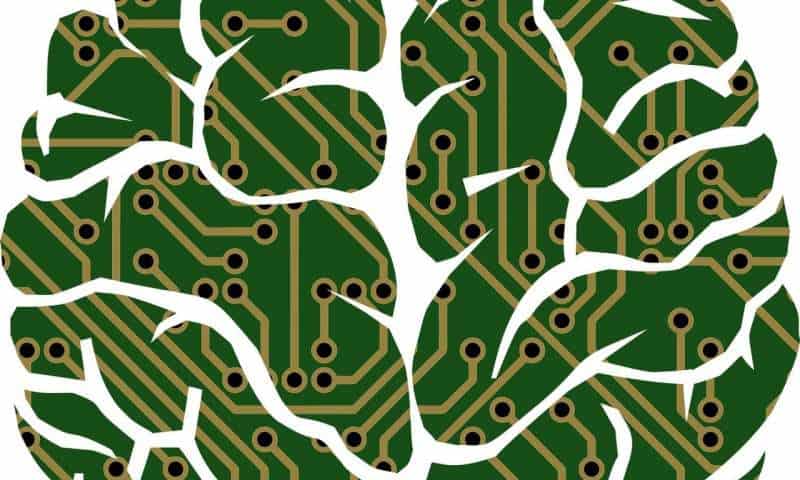
A new tool is drastically changing the face of chemical research – artificial intelligence. In a new paper published in Nature, researchers review the rapid progress in machine learning for the chemical sciences.
Almost every technological advance in human history is accompanied by the discovery or development of new materials, from the blending of copper and zinc to form bronze to the fabrication of high-quality silicon microchips that power digital technology.
Designing materials for a specific demand is a mind-boggling task; a random mix-and-match of atomic building blocks could yield any one of an infinite number of possible compounds. Historically, the discovery of materials has involved a combination of chance, intuition, and trial and error—but this could all be set to change thanks to artificial intelligence.
An international team of scientists from the UK and the USA, including Ph.D. student Daniel Davies from the Centre for Sustainable Chemical Technologies and Department of Chemistry, published a review on the growing potential of machine learning for chemical design.
Daniel said: “Machine learning is a branch of artificial intelligence where computers are programmed by learning from data. These methods have been around for a while, used extensively by Google, Yahoo, Amazon etc, for targeted advertising, translation and spam filtering for example.
“More recently they are being used to realise self-driving car and human-like robot technology. They are only just being applied to the physical sciences in a big way and have huge implications for the role that computers take on in science. In fact, the use of ‘big data’ and artificial intelligence has been referred to as the fourth industrial revolution or the fourth paradigm of science. Machine learning is now being used to speed up the scientific process, designing crucial materials and molecules that we need for sustainable development, more rapidly.
“The main purpose of the article is to explain where machine learning is starting to rise to specific challenges in molecular and materials research that simply cannot be solved without it. We also identify some key barriers that need to be overcome next. For example, finding ways in which chemicals and compounds are represented to computers that only ‘think’ in 1s and 0s, is a big challenge.
“Our final summary is: ‘As scientists embrace the inclusion of machine learning with statistically driven design in their research programmes, the number of applications is growing at an extraordinary rate. This new generation of computational science, supported by a platform of open source tools and data sharing, has the potential to revolutionise the molecular and materials discovery process.’ I think this reflects the take-home message well which is that we predict this area will become an integral part of the scientific method—not just a separate area of research.”
Humans have always enjoyed reasoning and intuition capabilities that far exceed those of machines. But scientists are now starting to turn to artificial intelligence driven solutions to accelerate their own materials discovery and optimisation processes.
Dr. Keith Butler from ISIS Neutron and Muon Source, lead author of the review, said: “In traditional computational approaches, the computer is little more than a calculator, employing a hard-coded algorithm provided by a human expert. By contrast, the performance of machine learning techniques improves by seeing more and more real examples.”
Machine learning and artificial intelligence offer the possibility of training computers by using the properties of materials that we already know, to help identify the champion systems of the future. Artificial intelligence approaches consider all available data equally and find trends that a human researcher may miss due to bias towards a given interpretation.
But what’s fuelling the progress in this field? An important driver for the explosion of artificial intelligence in chemistry is the growth of open-source databases.
“This is particularly exciting in the context of a facility like ISIS where we produce vast quantities of data, we are sitting on a data goldmine and now we are beginning to be able to leverage that,” added Dr. Butler.